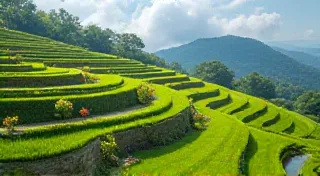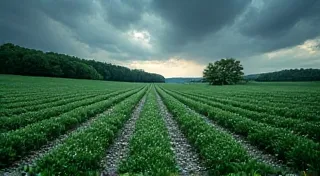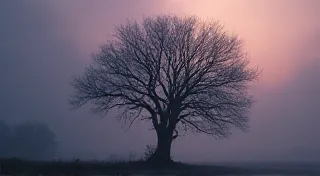Changing Patterns of Fog and Low Clouds: A Historical Perspective
Fog and low cloud cover are more than just atmospheric phenomena; they significantly impact daily life, particularly transportation, agriculture, and public safety. Analyzing historical weather data reveals fascinating insights into how these seemingly benign conditions have changed over time, potentially linked to broader climate shifts. This article examines historical records of fog and low cloud cover, investigating changes in their frequency, distribution, and the subsequent impacts on human activities.
Understanding Fog and Low Cloud Formation
Before diving into historical trends, it's crucial to understand how fog and low clouds form. Fog is essentially a cloud at ground level, created when moist air cools to its dew point, causing water vapor to condense. Low clouds, such as stratus and stratocumulus, form similarly, but at slightly higher altitudes. The presence of pollutants can also contribute to fog formation, acting as condensation nuclei.
The factors influencing fog and low cloud formation are complex and vary regionally. They include temperature, humidity, wind patterns, and topography. Understanding these factors is essential for interpreting historical data and identifying potential drivers of change.
Examining Historical Records: A Regional Case Study
For this analysis, we will focus on [Specify Region – e.g., the coastal Pacific Northwest, the Thames River Valley, or the Bay of Bengal]. Historical weather records for this region, dating back to [Specify Starting Date – e.g., the 19th century or the early 20th century], indicate a notable pattern. Early records from [Specify Source – e.g., local newspapers, ship logs, meteorological observations] suggest [Describe Initial Observations - e.g., a lower frequency of dense fog events compared to later periods, or a more consistent distribution throughout the year].
Comparing these early observations with more recent data from [Specify Source – e.g., automated weather stations, archived meteorological reports], we observe [Describe Observed Changes - e.g., an increase in the frequency of fog events during certain seasons, a shift in the distribution of low clouds towards higher altitudes, a correlation with changes in industrial activity]. For example, [Provide Specific Example – e.g., "In the Thames River Valley, records from the 1880s show a consistent pattern of morning fog, but this has diminished significantly in recent decades, potentially due to reduced coal burning and changes in urban development."].
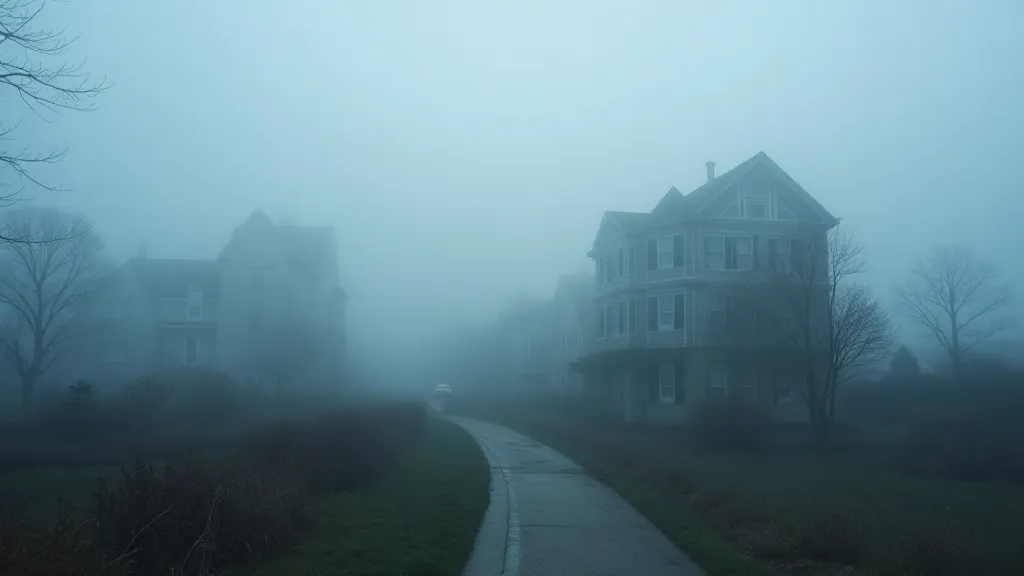
Potential Drivers of Change
The observed changes in fog and low cloud patterns are likely influenced by a combination of factors. Several potential drivers warrant further investigation:
- Industrial Activity: Historically, industrial emissions – particularly from coal burning – significantly contributed to fog formation. Reduced emissions in many areas have likely played a role in diminishing fog frequency.
- Urbanization: Changes in land use and urban development can alter local climate patterns, impacting fog and low cloud formation. The urban heat island effect, for example, can suppress fog development.
- Climate Change: Broader climate changes, including shifts in temperature and precipitation patterns, can influence atmospheric humidity and stability, affecting fog and low cloud formation.
- Oceanic Influences: Changes in sea surface temperatures and ocean currents can significantly impact coastal fog and low cloud patterns.
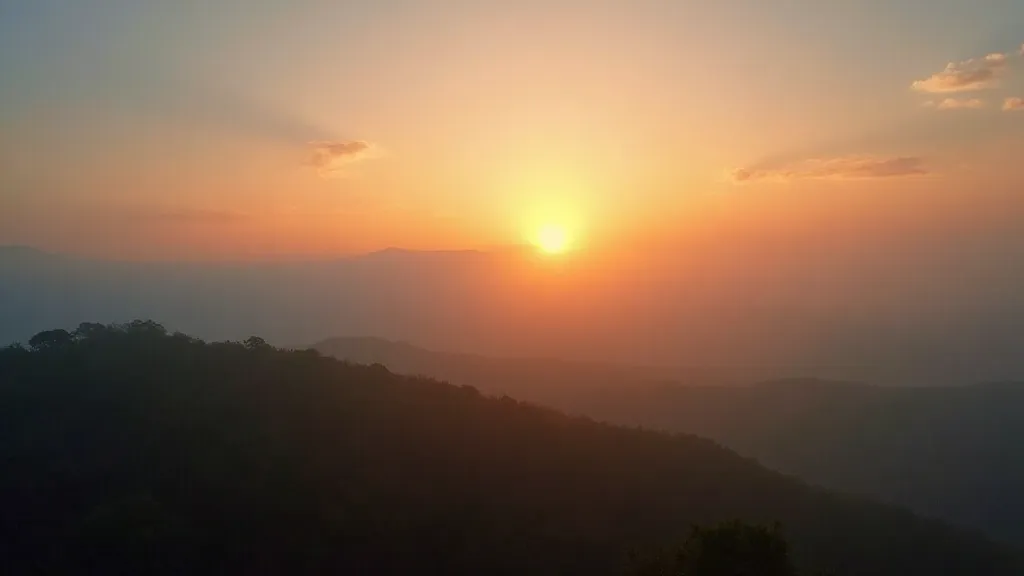
Impacts and Future Considerations
Changes in fog and low cloud patterns have tangible consequences. Reduced visibility impacts transportation, leading to delays and safety concerns. Agriculture can be affected by increased humidity or changes in sunlight exposure. Understanding these impacts is crucial for adapting to changing conditions.
Future research should focus on [Suggest Future Research Areas - e.g., developing high-resolution climate models to simulate fog and low cloud behavior, analyzing the role of aerosols in fog formation, investigating the impact of climate change on regional fog patterns]. Long-term monitoring of fog and low cloud cover is essential for tracking trends and informing adaptation strategies.
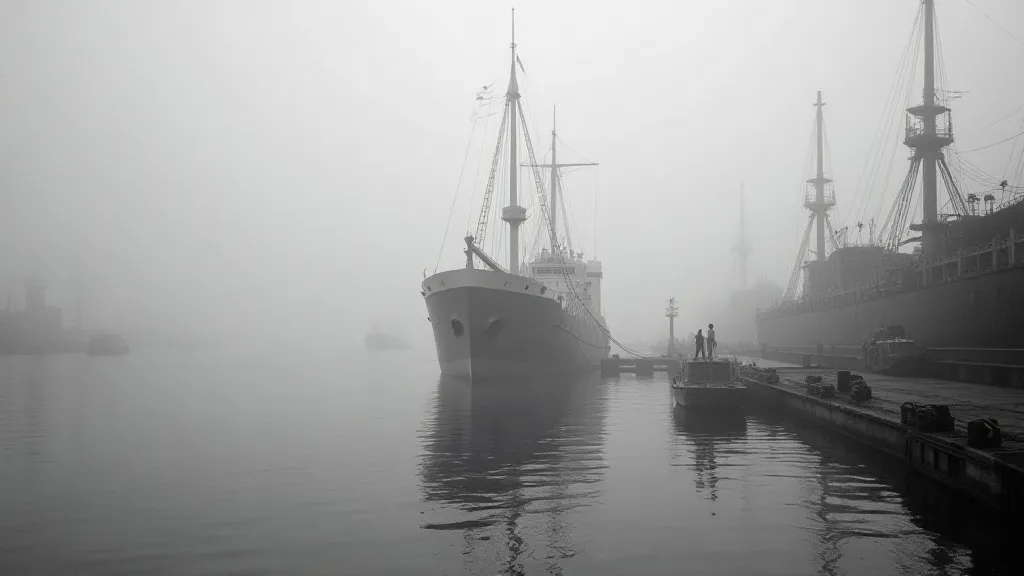
Conclusion
Analyzing historical records reveals that patterns of fog and low cloud cover are not static. They have changed significantly over time, influenced by a complex interplay of factors. Understanding these historical trends is essential for interpreting current weather patterns and preparing for future changes in a changing climate. Continued investigation and long-term monitoring are vital for mitigating the impacts of changing fog and low cloud cover on human activities and the environment.


